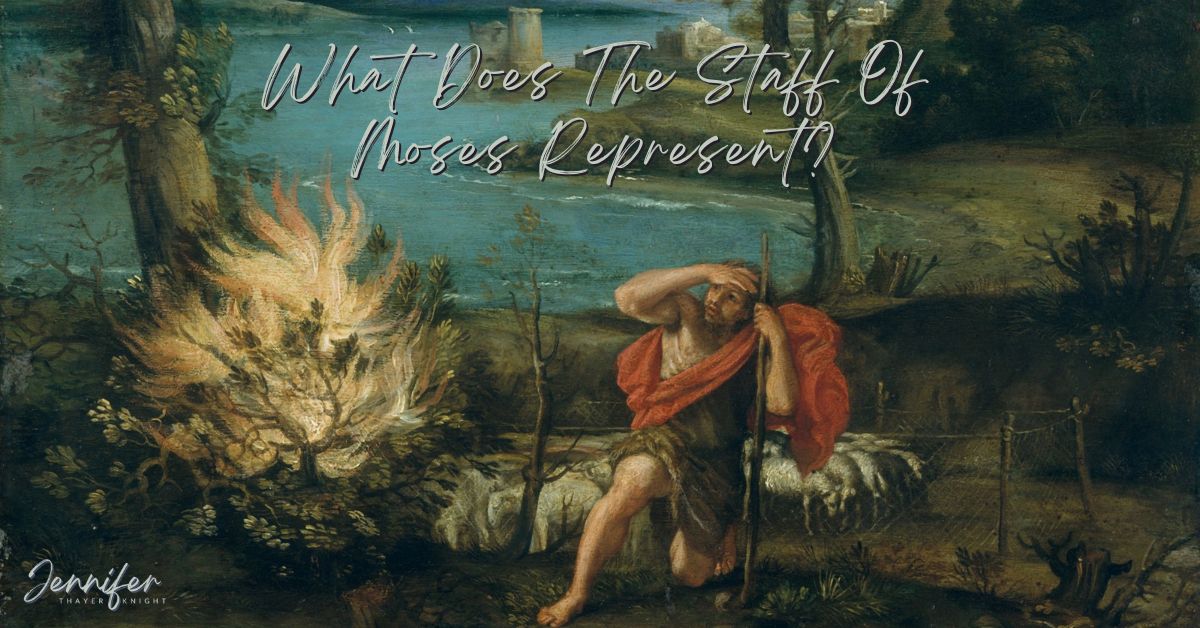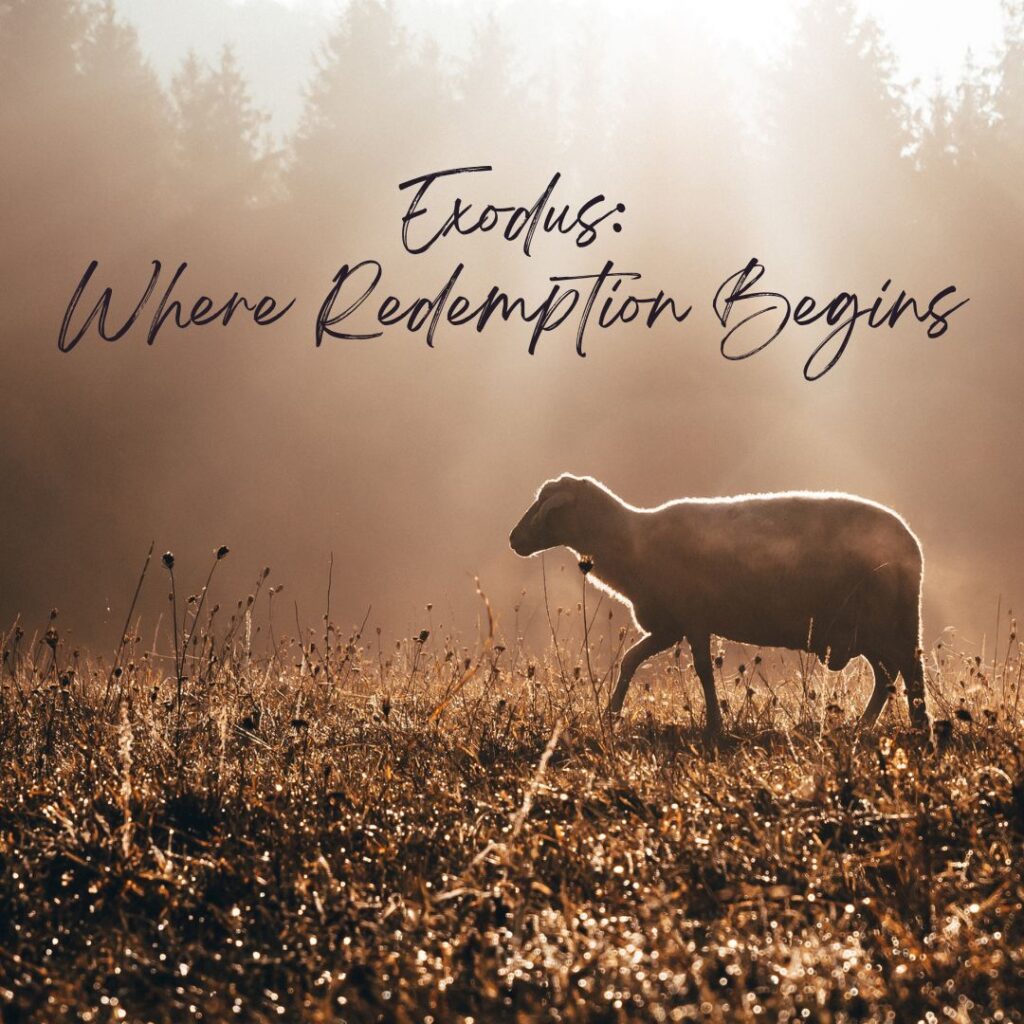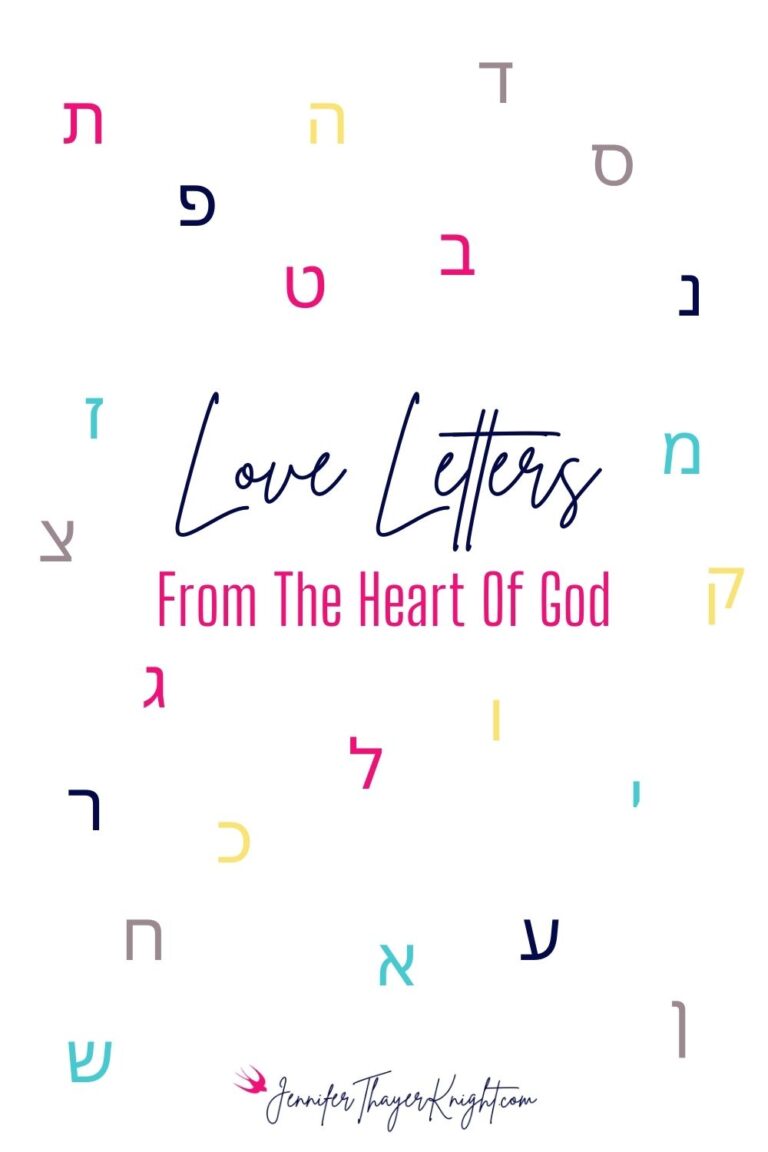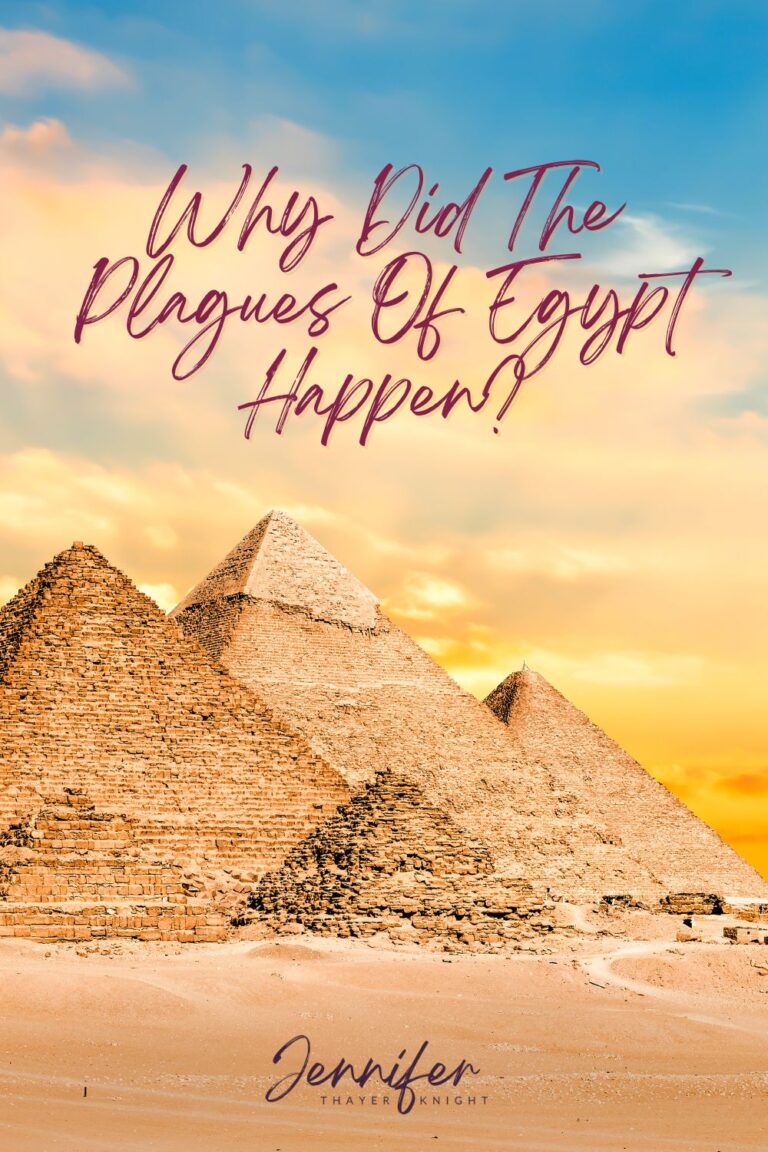What Does The Staff Of Moses Represent?
The Staff Of Moses
When traveling through Istanbul, I had the privilege of touring the Sultan’s Palace. This palace is Turkey’s equivalent to Englands, Buckingham Palace. The tour guide finished our tour by telling us we could go see the royal gems by going to our right or we could see Moses’ staff and other relics if we went left. I could not believe my ears. Had he just said I could see Moses’ staff?
I walked over to the guide to clarify. Once again I asked what he said and he reiterated his statement followed by you can also see David’s sword and John’s finger. Yes, you read that correctly. You can see pictures here.
This was something I had to see. My friend and I went left and entered a room full of relics that Constantine’s mother had collected. Each item had a plaque nearby telling us what it was, but who knows really if these were items of heroic biblical characters.
However, I looked at what they labeled as Moses’ staff and was shocked by how short and narrow it compared to what I had imagined. But regardless I stared at it in awe of the ways I knew God had used that staff to perform miracles.
Symbolism In Exodus
While studying the book of Exodus, commentators have pointed out more symbolism than I ever could have imagined. Here we are going to look at just one moment of this book and see just how many ways God used it to show His power. I wish I could say I noticed these on my own. I did not. Most of these came out of a great commentary from Arthur Pink, entitled ‘Gleanings In Exodus‘ if you want to check it out for yourself, click here.
The Burning Bush
When Moses stands at the burning bush, God tells him, He wants Moses to go to Pharoah to tell him to set God’s people free. Moses gives five excuses of why he should not be God’s chosen vessel. God patiently reminds Moses that He will be with him and gives three signs he can use to prove God sent him.
“Moses answered, “What if they do not believe me or listen to me and say, ‘The Lord did not appear to you’?” Then the Lord said to him, “What is that in your hand?” “A staff,” he replied. The Lord said, “Throw it on the ground.” Moses threw it on the ground and it became a snake, and he ran from it. Then the Lord said to him, “Reach out your hand and take it by the tail.” So Moses reached out and took hold of the snake and it turned back into a staff in his hand.“This,” said the Lord, “is so that they may believe that the Lord, the God of their fathers—the God of Abraham, the God of Isaac and the God of Jacob—has appeared to you.”
Exodus 4:1-5 NIV
From Staff To Serpent
The first of these signs is what you read above, Moses throwing down his staff (also known as a rod) and it turning into a serpent. For each of us in the west, we read this and think, “Wow, this is odd. Why would God do something so strange?” When I teach, I remind the class we have to put ourselves in the time and culture in which the Bible was written to better understand. So that is what we will do here today. Let’s look at the amazing imagery God gives us in these short, five verses.
The staff that turns into a serpent is not just to show God’s power, but to show His power in specific ways. One way is that the symbol for Pharoah, who Moses was going to speak to, was a cobra. If you look at just about any image of ancient Pharoah’s you will see them donned with a cobra on their head. By Moses throwing down his staff and it becoming a cobra, then Moses grabbing the tail and it turning back to a staff, would have revealed to the Israelites that their God was more powerful than Pharoah and his gods. Pretty interesting, right?
Your Rod And Your Staff, They Comfort Me
Well, let’s go even further. What did shepherds use their staffs for? They used them to keep their sheep together, but also to rescue them from harm. For the shepherd, they used them to aid in walking, to lean on when they were tired, and to protect yourself when in danger.
Most of us know Psalm 23. If we look at it again, we will find Psalm 23:4 says, “Even though I walk through the darkest valley, I will fear no evil, for you are with me; your rod and your staff, they comfort me.” Most of us read this and move on, but doesn’t that seem odd that a staff would bring comfort? As I said before, shepherds used the staff to protect their sheep from harm. By God’s grace, He walks with us and protects us.
Theologian Arthur Pink pointed out that when Moses leaned on his staff, it was imagery of him leaning on God and when we are going to serve God, as Moses was, we have to continually rely on Him.
When Moses tossed the staff on the ground, it became a serpent. In this analogy, it shows us how we sometimes toss God aside and quit relying on Him. When we do this we find ourself helpless against the serpent, the devil himself. Just like Moses did, we can grab the staff back and keep leaning on God.
“Our secret of overcoming Satan lies in leaning in simple dependancy and conscious weakness on our ‘staff’ i.e. the power of God.
Arthur Pink
You Will Break Them With A Rod Of Iron
Ready for another analogy from this incredible scene? This one points us to Revelation of all places. Psalm 2:9 tells us, “You will break them with a rod of iron; you will dash them to pieces like pottery.” This verse is a foreshadowing of Revelations 2:27 which says, “That one ‘will rule them with an iron scepter and will dash them to pieces like pottery’—just as I have received authority from my Father.”
The rod here is governmental power. With the imagery of throwing it down, it represents God delegating governmental powers to the rulers of the earth. How does the serpent fit in here, you ask? Referancing Arthur Pink, he says, “All power and control of governments is employed in the service of Satan.”
Moses, God’s servant, picks up the serpent, turning it back into a rod, shows us once again of God’s power. Satan is not free to do what he wants. He, too, is completely under God’s control.
At this time, with the Israelites under Pharoah’s rule, they need this reassurance that God was in control. When our lives feel out of control, we too need this since of assurance that all is working according to His great plan.
Are you ready for more symbolism? I hope so, but you will have to check back in next week for the continuation of this post. Until then, remember that God is in control and when we keep our focus on Him and lean on Him, nothing the enemy could try to do can overcome God’s plan for you.
Study Exodus
Want to learn more symbolism that points us to Jesus? Study Exodus with me.









Interesting.

Thank you.